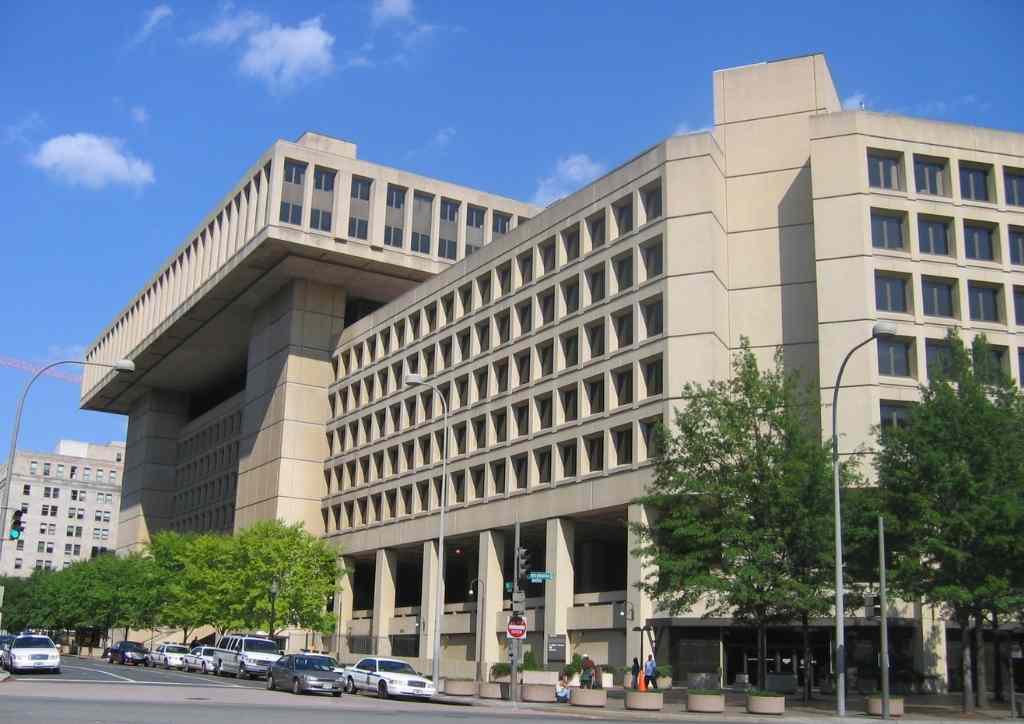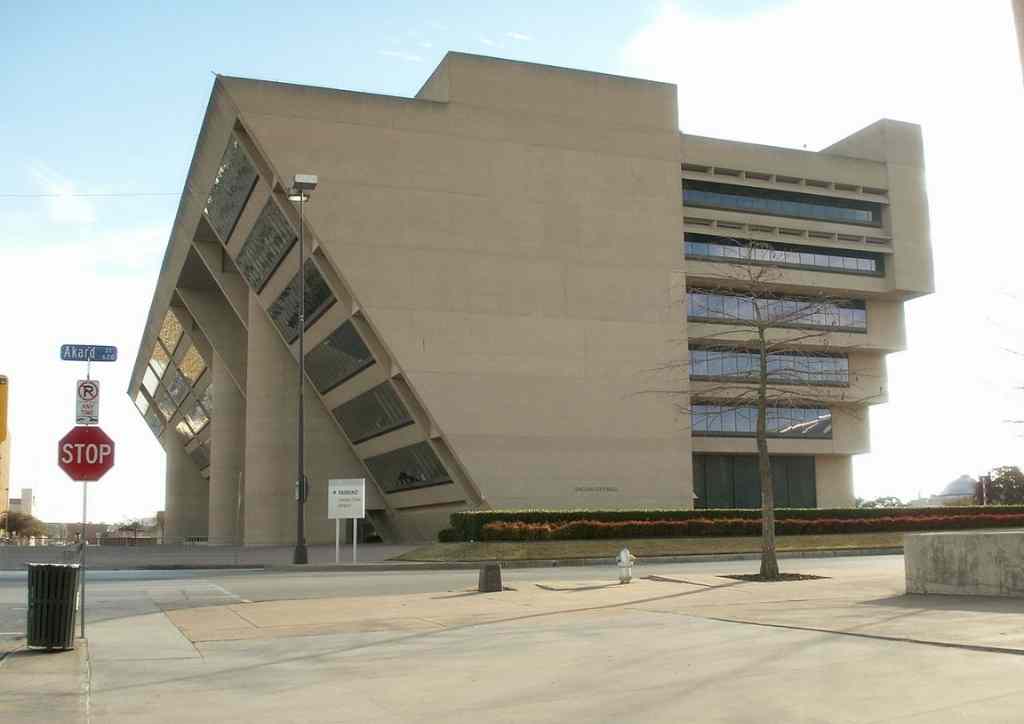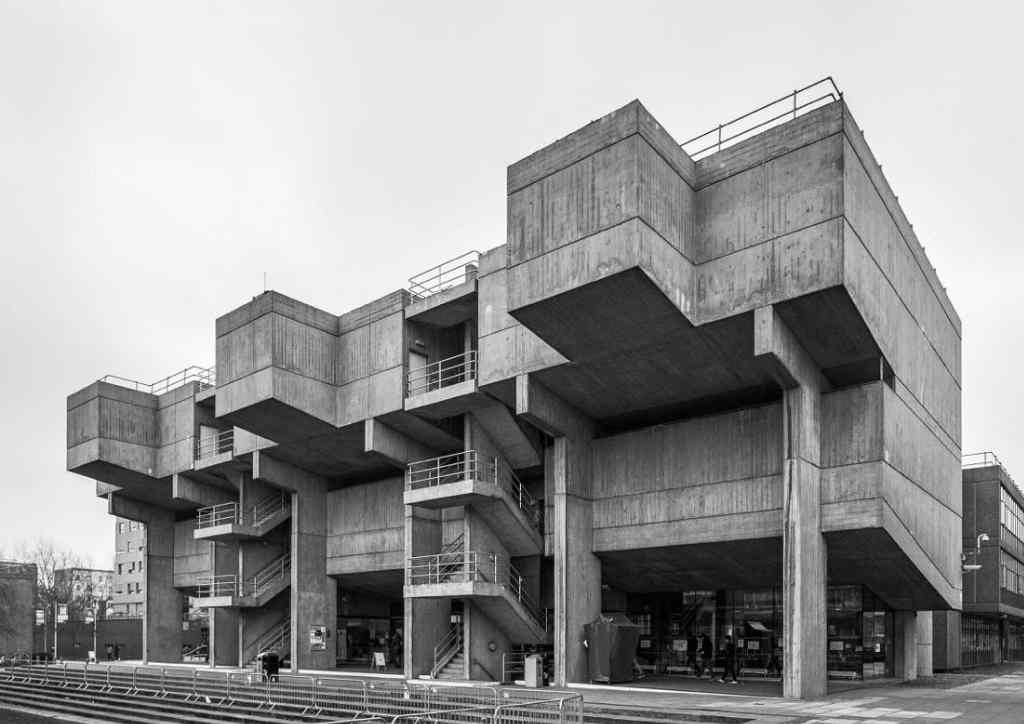
How Brutalist architecture impacts the narrative of dystopian films
Bulky, blocky, and boxy, brutalist architecture remains the most controversial architectural style. This variant of post-war modernism, which emerged from the 1950s to the early 1980s, is characterized by monolithic buildings, unusual geometric shapes, and unfinished surfaces. The style derived its name from “Béton brut” — raw or rough concrete — which alludes to its main material. But brick, reinforced steel, glass, and rough stone were also used.
Response to Brutalism was mixed. While many critics and the architectural elite held it in high regard, the general public hated it. Apart from the impression that concrete was ugly and cheap, high-rise Brutalist buildings came to be associated with urban decay, crime, and social deprivation. While the style was widely used for universities, government offices, utilitarian low-cost housing, and shopping centers, the imposing structures eventually evoked feelings of repression, intimidation, authority, and hostility for most.
These very emotions and impressions made Brutalist buildings the perfect settings for many dystopian and futuristic utopian films. In iconic and acclaimed films like A Clockwork Orange (1971), RoboCop (1987), High Rise(2015), and Blade Runner 2049 (2017), these commanding structures set the mood and visual impact for the entire narrative. More than just obscure backgrounds or forgettable settings, the buildings themselves play symbolic roles that heighten the conflicts depicted in the story.
In the video essay above, circleology eloquently describes this impact in several ways. First, the concrete and metal forms emphasize futurism and perception of authority. This is particularly seen in how RoboCop used J. Edgar Hoover Building and Dallas City Hall to invoke a sense of control and governance.
Meanwhile, the use of brutalist architecture in A Clockwork Orange and Blade Runner 2049 cover the emotional conflicts of their protagonists. The Lecture Theater of Brunel University in London stars as the Ludovico Medical Clinic where the iconic yet brutal theater scene is set. The ominous building echoes feelings of Alex DeLarge (Malcolm Dowell) being trapped and horrified. In Blade Runner 2049, the brutalist-inspired Stelline Laboratories mirrors the the hefty weight of Officer K’s (Ryan Gosling) discovery in the Memory Facility scene.





Then, there’s High Rise, in which the building is more than just a backdrop, but symbolizes societal structure and the “brutality” that arises from this system. The poor residents live on the lower floors, while wealthier individuals with respectable professions like Tom Hiddleston’s Dr. Robert Laing take the higher floors. In fact, architecture is central to the film’s plot, with the monolithic buildings serving as the embodiment of chic modern living, realized through the visions of an esteemed architect.

Below, Helen Sime discusses this in detail for her take on the impact of brutalist architecture in films. Her interesting observations remind us of the power of architecture, whether the structures are real or imagined. Apart from creating a sense of place, they echo the social realities and sentiments from which cinema’s most captivating narratives are built on.


